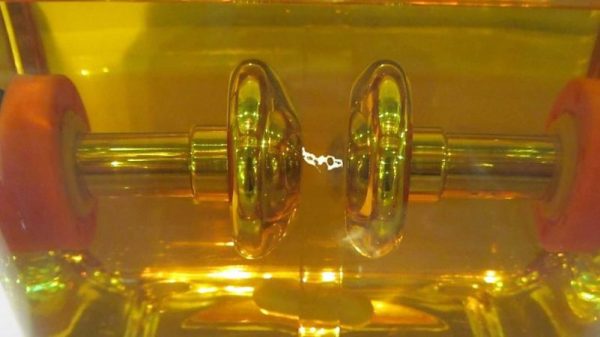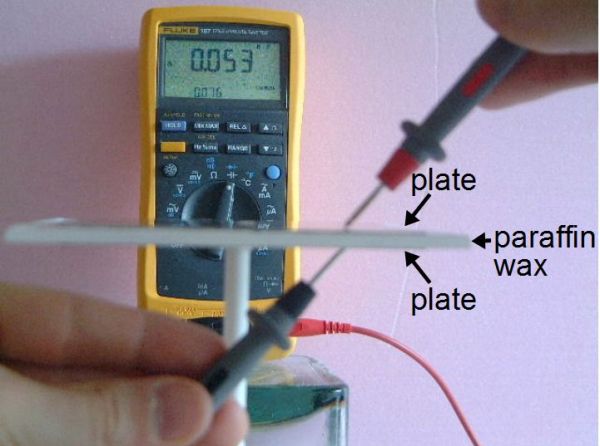One evening quite a few years ago, as I was driving through my hometown I saw the telltale flashing lights of the local volunteer fire department ahead. I passed by a side road where all the activity was: a utility pole on fire. I could see smoke and flames shooting from the transformer and I could hear the loud, angry 60 Hz buzzing that sounded like a million hornet nests. As I passed, the transformer exploded and released a cloud of flaming liquid that rained down on the road and lawns underneath. It seemed like a good time to quit rubbernecking and beat it as fast as I could.
I knew at the time that the flaming liquid was transformer oil, but I never really knew what it was for or why it was in there. Oil is just one of many liquid dielectrics that are found in a lot of power distribution equipment, from those transformers on the pole to the big capacitors and switchgear in the local substation. Liquid dielectrics are interesting materials that are worth taking a look at.













